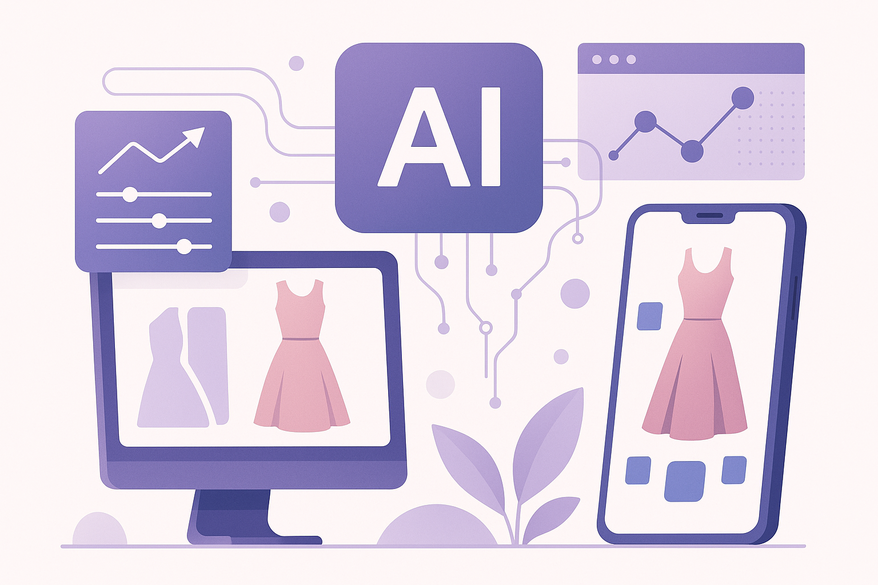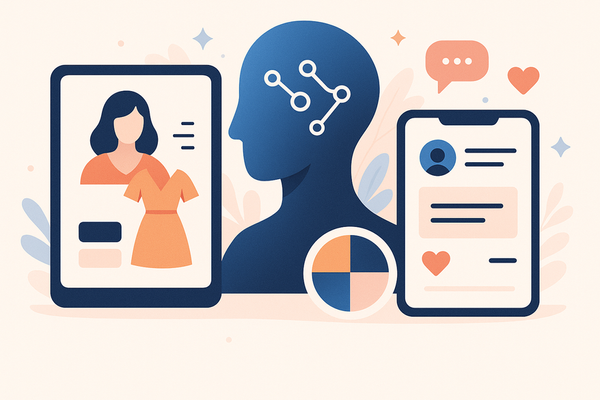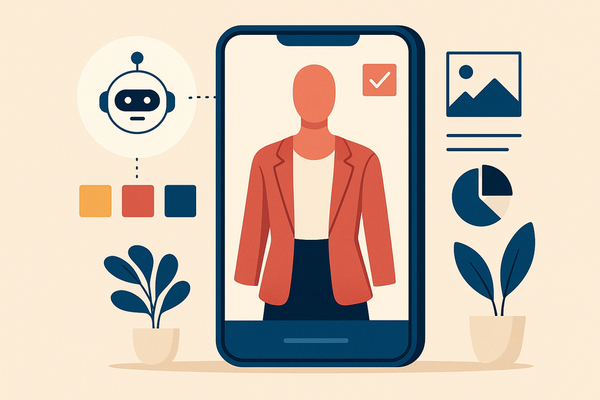AI Style Trend Predictions: Revolutionizing Fashion & Design
Explore how AI style trend predictions transform fashion by delivering accuracy, speed, and personalization, leading the way in modern design innovation.

Estimated reading time: 8 minutes
Key Takeaways
- Data-Driven Insights: AI transforms vast social, sales, and image data into clear trend forecasts.
- Speed & Efficiency: Brands can move from concept to store in weeks rather than months.
- Sustainability: Accurate demand prediction reduces overproduction and textile waste.
- Personalization: Tailored recommendations boost customer loyalty and engagement.
- Ethical Considerations: Privacy, transparency, and bias audits are essential for trust.
- Future Focus: Generative AI and real-time analytics will blur forecasting and creation.
Table of Contents
- Introduction to AI Style Trend Predictions
- Background on AI Trend Forecasting
- Deep Dive into AI Style Trend Predictions
- Benefits and Implications
- Future of AI Style Trend Predictions
- Practical Guide: Key Steps
- Conclusion
- FAQ
Introduction to AI Style Trend Predictions
Today’s shoppers change their tastes fast, and brands that predict what comes next win. AI style trend predictions use social media posts, runway photos, and sales figures to forecast new styles, colors, and fabrics. This AI-driven trend forecasting gives designers a clear edge in a shifting market.
In an era where catwalk looks go viral overnight, anticipating trends is vital. AI tools spot patterns far better than old guesswork, empowering brands to move quickly, cut waste, and deliver designs people love.
Background on AI Style Trend Predictions and Trend Forecasting
Traditional forecasting relied on expert intuition—runway shows, street style scouting, and educated guesses. While insightful, this approach often led to misses or lengthy design cycles.
AI changed the game:
- Social media feeds and hashtags
- Online searches and Google Trends data
- Sales reports and inventory analytics
- Photo archives of past runway collections
By scanning millions of images, posts, and reviews in minutes, AI flags rising patterns—like pastel linen surges or patchwork denim comebacks—before they reach stores.
Deep Dive into AI Style Trend Predictions
AI predictions rely on diverse data inputs and advanced algorithms:
- Machine Learning: Supervised models learn from labeled style data.
- Predictive Analytics: Time-series forecasting maps trend growth.
- Computer Vision: Deep networks categorize silhouettes, textures, and colors.
- NLP Sentiment Analysis: Text mining captures consumer likes and dislikes.
Case Study: Zara’s AI Pipeline
- Scans Instagram, Pinterest, and Weibo for rising shapes and hues.
- AI models rank gains in momentum, alerting designers.
- Concept-to-store cycle drops to weeks, while real-time inventory tweaks curb excess.
For teams looking to get started quickly, Maxx Report provides an intuitive AI platform consolidating social, sales, and imagery data into actionable trend insights.
Benefits and Implications of AI Style Trend Predictions
- Accuracy: Millions of data points reduce human bias and improve forecast precision.
- Efficiency: Accelerated design-to-market timelines and agile inventory management.
- Sustainability: Demand forecasting curbs overproduction, cutting waste.
- Personalization: AI-driven recommendations tailor products to individual tastes, boosting loyalty.
Ethical Considerations:
- Data Privacy & Consent: Secure user permission before mining social or sales data.
- Transparency: Explain AI decisions to avoid “black box” risks.
- Diversity in Training: Prevent narrow taste profiles by auditing for cultural bias.
Future of AI Style Trend Predictions
Emerging technologies will reshape forecasting:
- Generative AI: GANs automate design mockups.
- Advanced Computer Vision: Real-time runway video analysis flags trends as they happen.
- Real-Time Analytics: Dashboards update forecasts in minutes.
Cross-industry applications include digital media viral prediction, in-game fashion trend forecasting, and home décor palette anticipation.
Practical Guide: Key Steps for Teams
- Secure Diverse Data: Mix social feeds, sales metrics, imagery, and reviews.
- Choose the Right Partner: Evaluate specialized AI vendors or build an in-house team.
- Embed AI in Workflows: Integrate tools into design, production, and marketing.
- Governance & Audits: Set rules for privacy, transparency, and bias checks.
Actionable Strategies: Pilot small-scale projects, train staff on AI dashboards, and perform quarterly model audits.
Conclusion
AI style trend predictions deliver unparalleled accuracy, speed, sustainability, and personalization. By turning vast data into clear design briefs, brands can innovate with confidence. Embrace AI forecasting today—join webinars, test tools, and subscribe for updates to stay ahead in the fast-paced world of fashion.
FAQ
- What exactly are AI style trend predictions?
They use machine learning, computer vision, and NLP to analyze social media, sales, and imagery data—forecasting emerging styles faster than traditional methods. - How do brands integrate AI forecasting?
Teams embed AI platforms into design workflows, linking data dashboards to production planning and inventory management for real-time insights. - What are the main benefits?
Improved accuracy, faster time to market, reduced waste, and personalized consumer experiences. - How can small teams start?
Pilot with a consolidated AI tool, train designers on dashboards, ensure data governance, and scale based on initial successes. - What’s next in trend forecasting?
Generative AI mockups, real-time video analysis, and fully automated design-to-production pipelines will define the future.





